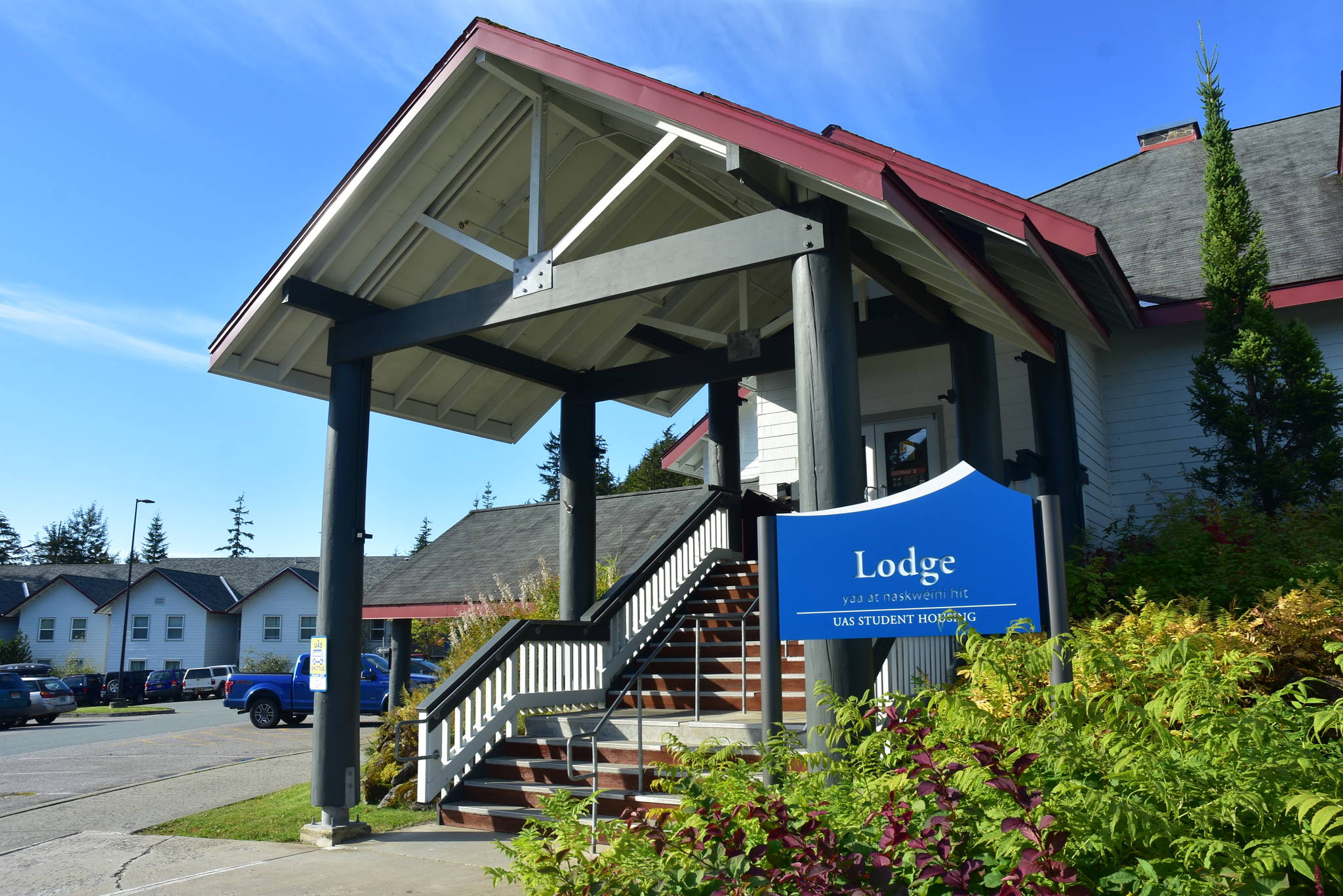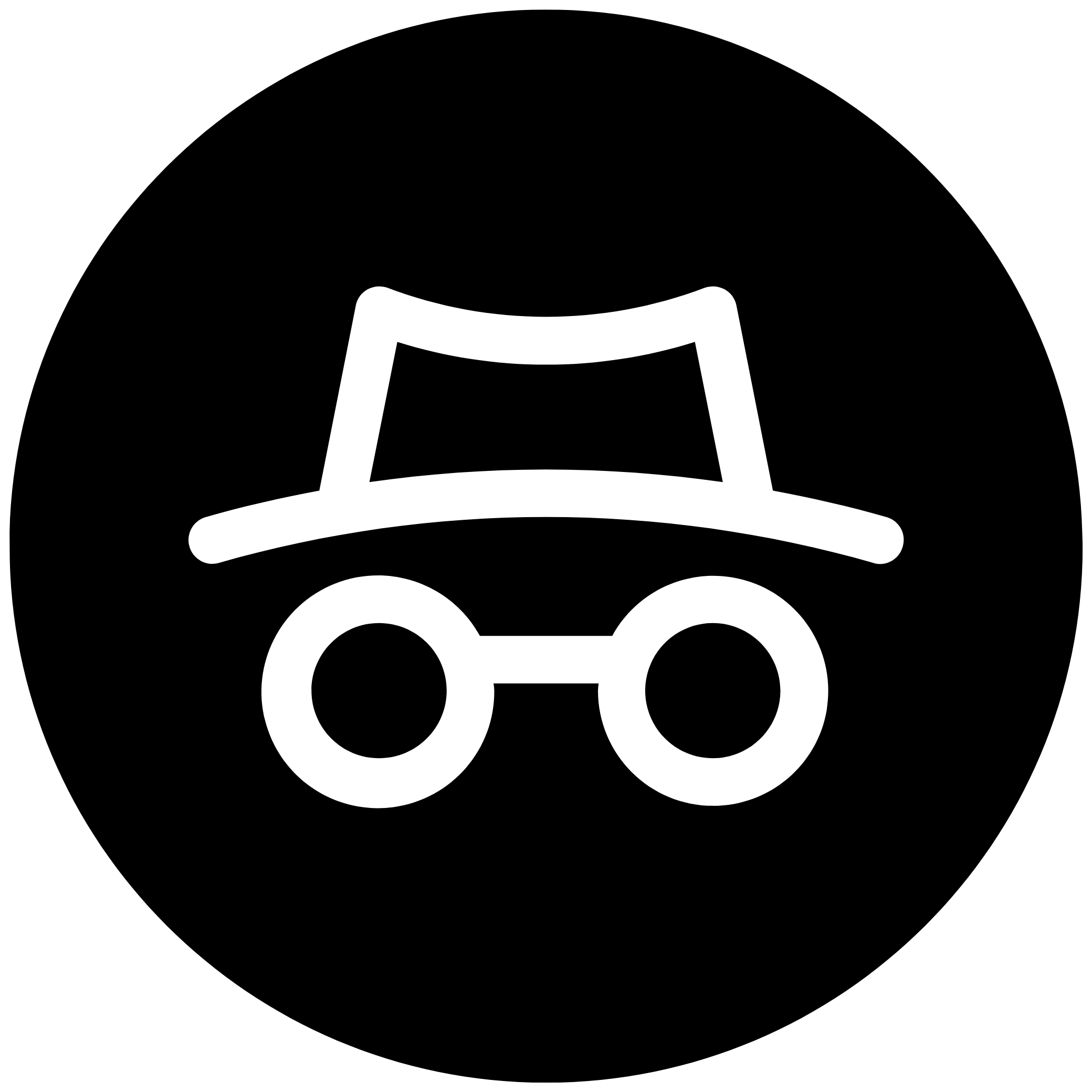University of Alaska’s interim president said a University of Alaska Southeast merger is no longer being considered despite the system’s financial challenges.
State budget reductions and reduced enrollment because of the coronavirus pandemic has university leadership looking for ways to save money, but having University of Alaska Fairbanks absorb UAS is not in the cards, said Pat Pitney in her first news conference since being named interim president.
Pitney told reporters Tuesday one of her goals is to restore the confidence in the UA system which had been shaken in the past year.
“A merger is not being considered. I believe the state is served well by the three independent universities,” Pitney said. “(UAS) has huge strengths based on the place it’s in, with regards to fisheries and marine science, working directly with the (Kensington Gold Mine).
State cuts to the university system coupled with the changes brought on by the COVID-19 pandemic eroded public confidence in the university and led to uncertainty about the system’s future, she said.
“One of the things that drives enrollment is certainty. We need to create certainty for the entire system. I want to create certainty, and I want to create trust and confidence, and let people know our programs are here to stay,” Pitney said.
[University of Alaska regents cut 39 programs across the system]
The university is an important investment for the state and while there have been significant reductions in programs recently, Pitney said she believes the education UA still offers is high quality and the greatest strength of the university. Investments in education are shown to produce benefits for the economy later, she said, and educating Alaskans in-state is a greater indicator those students would remain in the state long term.
Pitney cited engineering and health care programs as areas in which UA had made great strides in graduating local students. When the university began increasing health care education, university officials learned it costs roughly $50,000 every time a health care worker leaves the state, and even more when an out-of-state worker needs to be recruited. Alaskans trained in the state were more likely to take jobs in Alaska and stay in the state.
Pitney offered up some good news during the news conference. Enrollment, while down, was not down as much as university officials had projected earlier in the year, she said. In the spring officials expected enrollment to be down between 20-30%, but at the beginning of the fall semester numbers were down only 8%, she said.
“The financial impact was not as severe as it might have been,” she said, “(Enrollment) is in the negative but it’s not as in the negative as we thought.”
Still, the university is looking at a total of $120 million in cuts over the past few years, and even the significant cuts made to programs only add up to a fraction of the amount the university needs to reduce. In June, the university cut 39 degree programs from across the system, and earlier this month cut UA Anchorage sports programs.
But those cuts only saved the university roughly $5 and $2 million respectively, despite the dramatic impact they had on options for students. Asked if consolidation of programming across the universities and moving to a more digital format could help save the system money, Pitney said UA already had a strong online presence but said similar programs at different universities offered specific specializations which gave more options to Alaskan students.
“If you make these programs the same you take options off the table for Alaskan students,” Pitney said. Alaskans trained in state, “stay here and stay with the company,” she said.
Pitney said not much progress has been made in the search for a new UAS chancellor. Former UAS Chancellor Rick Caulfield retired at the end of June and former UAS provost Karen Carey selected to serve as interim chancellor. Recruitment efforts for a new chancellor were delayed because of pandemic-related travel restrictions and put on hold when UAS was considered being merged with one of the other campuses.
“In my five weeks (as President) I haven’t got that far,” she said. “I will look at it just not right now.”
• Contact reporter Peter Segall at psegall@juneauempire.com. Follow him on Twitter at @SegallJnoEmpire.


